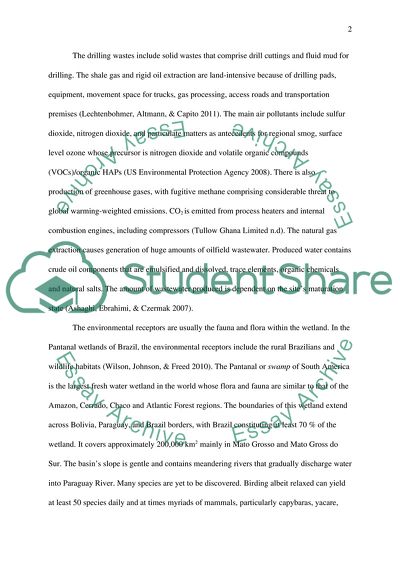Cite this document
(Impact of Petroluem Exploration, Extraction and Transport Coursework, n.d.)
Impact of Petroluem Exploration, Extraction and Transport Coursework. https://studentshare.org/environmental-studies/1776321-impact-of-petroluem-exploration-extraction-and-transport
Impact of Petroluem Exploration, Extraction and Transport Coursework. https://studentshare.org/environmental-studies/1776321-impact-of-petroluem-exploration-extraction-and-transport
(Impact of Petroluem Exploration, Extraction and Transport Coursework)
Impact of Petroluem Exploration, Extraction and Transport Coursework. https://studentshare.org/environmental-studies/1776321-impact-of-petroluem-exploration-extraction-and-transport.
Impact of Petroluem Exploration, Extraction and Transport Coursework. https://studentshare.org/environmental-studies/1776321-impact-of-petroluem-exploration-extraction-and-transport.
“Impact of Petroluem Exploration, Extraction and Transport Coursework”. https://studentshare.org/environmental-studies/1776321-impact-of-petroluem-exploration-extraction-and-transport.


